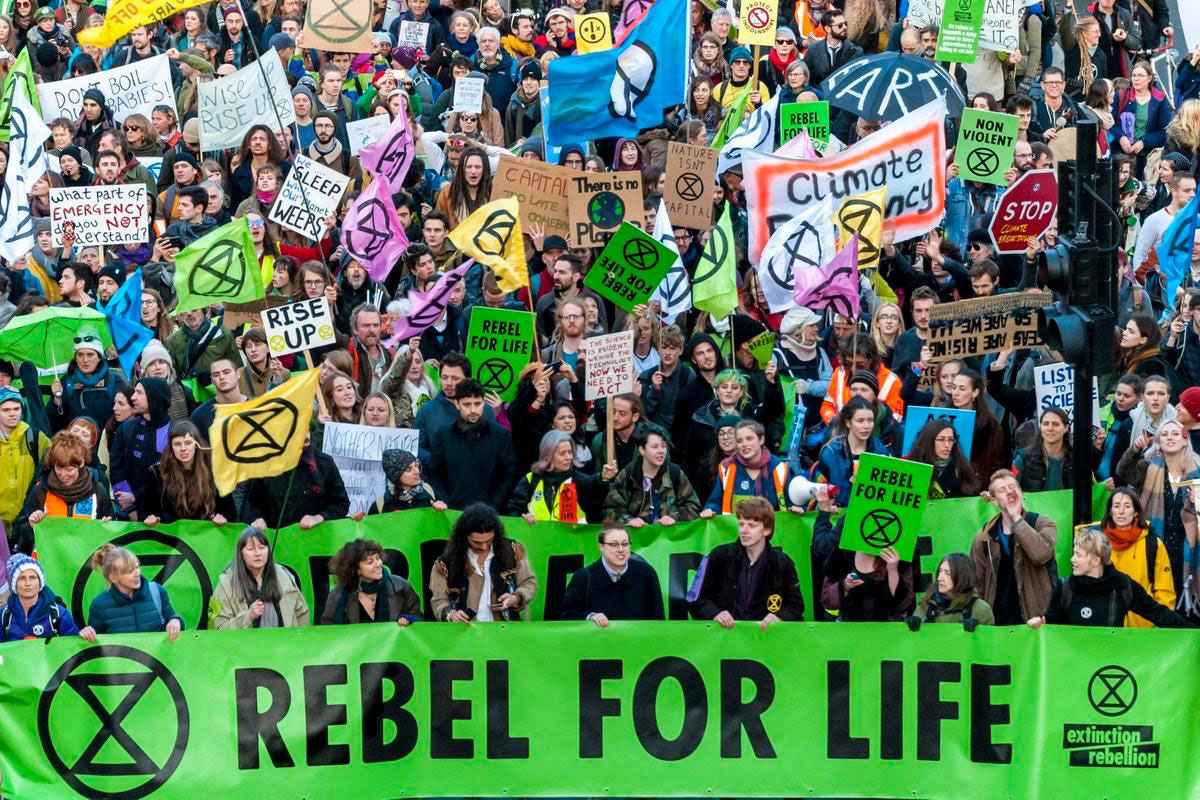- About
- Topics
- Story
- In-Depth
- Picks
- Opinion
- News
- Donate
- Signup for our newsletterOur Editors' Best Picks.Send
Read, Debate: Engage.
Following a persistent campaign by activists, academics, community members, and politicians, the New York State Senate passed last week the Climate Leadership and Community Protection Act (CLCPA), which stipulates that New York State will generate carbon-free electricity by 2040 and maintain a net-zero carbon economy by 2050.
While the new law constitutes a significant achievement for climate activists and environmentalists, it is far from sufficient on a larger scale.
The CLCPA was passed after years of Democratic New York State Assembly members attempting to pass similar bills through a conservative-ruled Senate. Governor Cuomo, on his part, availed politically from having a conservative-leaning Democratic bloc in his Senate, and contributed to the Senat's efforts to stifle progressive climate policies.
This changed, however, following the 2018 midterms, when left-leaning Democrats gained control of the State Senate. And, indeed, last week New York joined a small but growing list of states, including California, Maine, and Colorado, which have adopted substantive climate policies and put in place plans to eliminate the use of fossil fuels.
The CLCPA calls for 100 percent carbon-free electricity production in the state by 2040, and an economy-wide net-zero emissions by 2050. The bill also orders to allocate 40 percent of renewable energy funds to low-income and minority communities and stipulates that all clean-energy jobs in the future have fair wages and correspond with labour standards.
Furthermore, the CLCPA mandates the formulation of a 22-member Climate Action Council, comprised of members of NY State Agencies as well as appointees by the Governor, Senate, and Assembly, which will plan out the steps required to meet the law’s targets in a just, responsible, and equitable manner. The council will also be tasked with unifying and integrating all of the state’s climate and renewable energy programmes.
While activists are generally satisfied with the law’s language and targets, they did have to make several compromises along the way. The most prominent one is agreeing that the 2050 economy-wide target will be reaching 'net-zero' emissions, as opposed to zero. As pointed out by Vox’s David Roberts, “The difference between 'zero' and 'net zero' is that only 85 percent of the reductions must come from New York’s own energy and industrial emissions; the remaining 15 percent can come from carbon offsets (e.g., from forestry or agriculture).”
The new law does, however, put in place various measures designed to mitigate the harm of other industries’ offsets. For instance, according to the law, offsets will be reserved exclusively for industries in which 100 percent renewable alternatives aren’t available yet, and those will be reviewed every four years to ensure that the most up-to-date technologies are being used. Additionally, offset projects will have to take place within 25 miles from the utility or service purchaser, to ensure that they benefit the local community.
Reaching an 85 percent renewable-energy economy in one of America’s largest industries and most heavily populated states is a significant step, and it provides a serious boost to climate advocates across the nation who depend on state-led environmental and energy initiatives in lieu of a comprehensive and dependable federal one.
Should states like New York, California, Maine, and Colorado follow through on their green commitments, it can be expected that other states, and possibly governments, will follow suit and adopt more stringent carbon bans and renewable energy policies.
That said, CLCPA’s targets may prove to be too far past the deadline set by the IPCC, which states that in order to avoid irreversible and catastrophic effects of climate change the transition to renewable energy must be completed within 12 years.
